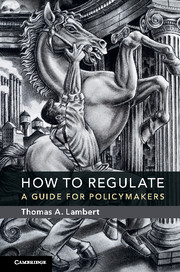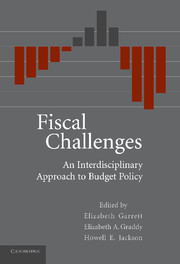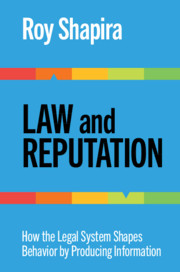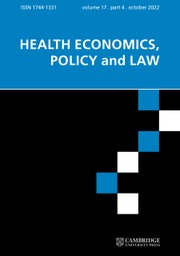How to Regulate
A Guide for Policymakers
£89.00
- Author: Thomas A. Lambert, University of Missouri Law School
- Date Published: October 2017
- availability: Available
- format: Hardback
- isbn: 9781107144880
£
89.00
Hardback
Other available formats:
Paperback, eBook
Looking for an inspection copy?
This title is not currently available on inspection
-
Markets sometimes fail. But so do regulatory efforts to correct market failures. Sometimes regulations reach too far, condemning good activities as well as bad, and sometimes they don't reach far enough, allowing bad behavior to persist. In this highly instructive book, Thomas A. Lambert explains the pitfalls of both extremes while offering readers a manual of effective regulation, showing how the best regulation maximizes social welfare and minimizes social costs. Working like a physician, Lambert demonstrates how regulators should diagnose the underlying disease and identify its symptoms, potential remedies for it, and their side effects before selecting the regulation that offers the greatest net benefit. This book should be read by policymakers, students, and anyone else interested in understanding how the best regulations are crafted and why they work.
Read more- Posits a unified theory, explaining a common approach that may be followed in crafting regulatory approaches to all the different sorts of market failure for example externalities, market power, and information asymmetry
- Covers all the primary bases for welfare-focused regulation: the four classic market failures (externalities, public goods, market power, information asymmetry), agency costs, and the cognitive and volitional failures identified by behavioral economists
- Avoids jargon and complex mathematics, and instead includes concrete examples and illustrations, engaging readers who have no prior knowledge of economics
Reviews & endorsements
'This may well be the best guide, ever, to the regulatory state. It's brilliant, sharp, witty, and even-handed - and it's so full of insights that it counts as a major contribution to both theory and practice. Indispensable reading for policymakers all over the world, and also for teachers, students, and all those interested in what the shouting is really about.' Cass R. Sunstein, Robert Walmsley University Professor, Harvard University, Massachusetts, and former Administrator, White House Office of Information and Regulatory Affairs
See more reviews'The title notwithstanding, this book will be valuable for all policy wonks, not just policymakers. It provides an organized and rigorous framework for analyzing whether and how inevitably imperfect regulation is likely to improve upon inevitably imperfect market outcomes.' Douglas H. Ginsburg, Chief Judge, United States Court of Appeals for the District of Columbia Circuit
Customer reviews
Not yet reviewed
Be the first to review
Review was not posted due to profanity
×Product details
- Date Published: October 2017
- format: Hardback
- isbn: 9781107144880
- length: 278 pages
- dimensions: 236 x 157 x 20 mm
- weight: 0.52kg
- contains: 25 b/w illus.
- availability: Available
Table of Contents
1. Defining our subject
2. The overarching model
3. The private ordering ideal
4. Externalities
5. Public (and quasi-public) goods
6. Agency costs
7. Market power
8. Information asymmetry
9. Cognitive limitations and behavioral quirks
Conclusion. Closing thoughts on open questions.
Sorry, this resource is locked
Please register or sign in to request access. If you are having problems accessing these resources please email [email protected]
Register Sign in» Proceed
You are now leaving the Cambridge University Press website. Your eBook purchase and download will be completed by our partner www.ebooks.com. Please see the permission section of the www.ebooks.com catalogue page for details of the print & copy limits on our eBooks.
Continue ×Are you sure you want to delete your account?
This cannot be undone.
Thank you for your feedback which will help us improve our service.
If you requested a response, we will make sure to get back to you shortly.
×





